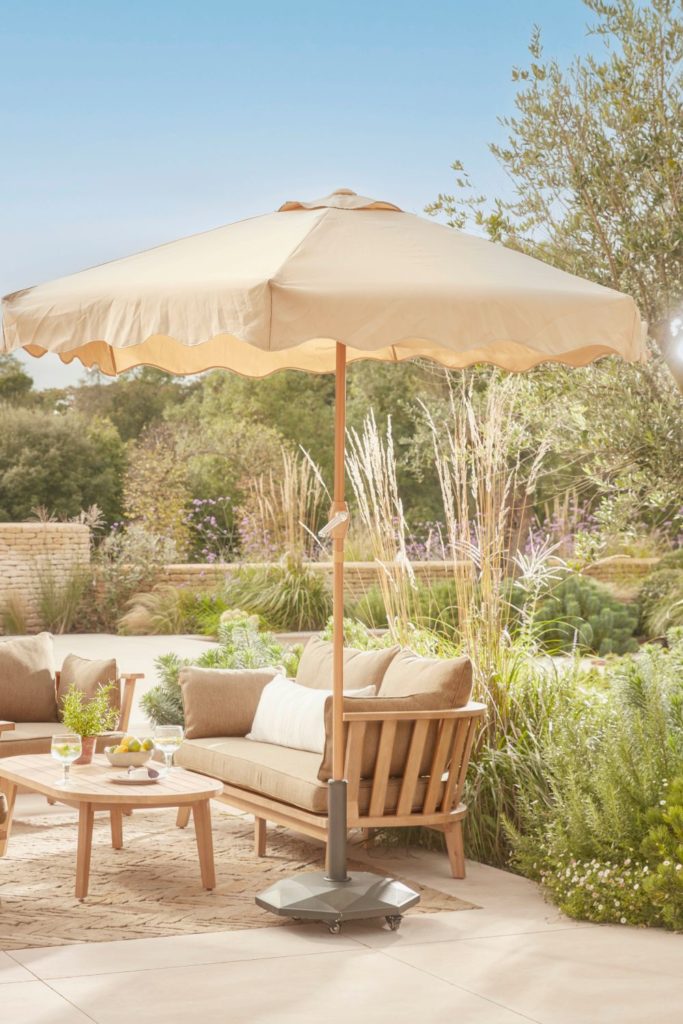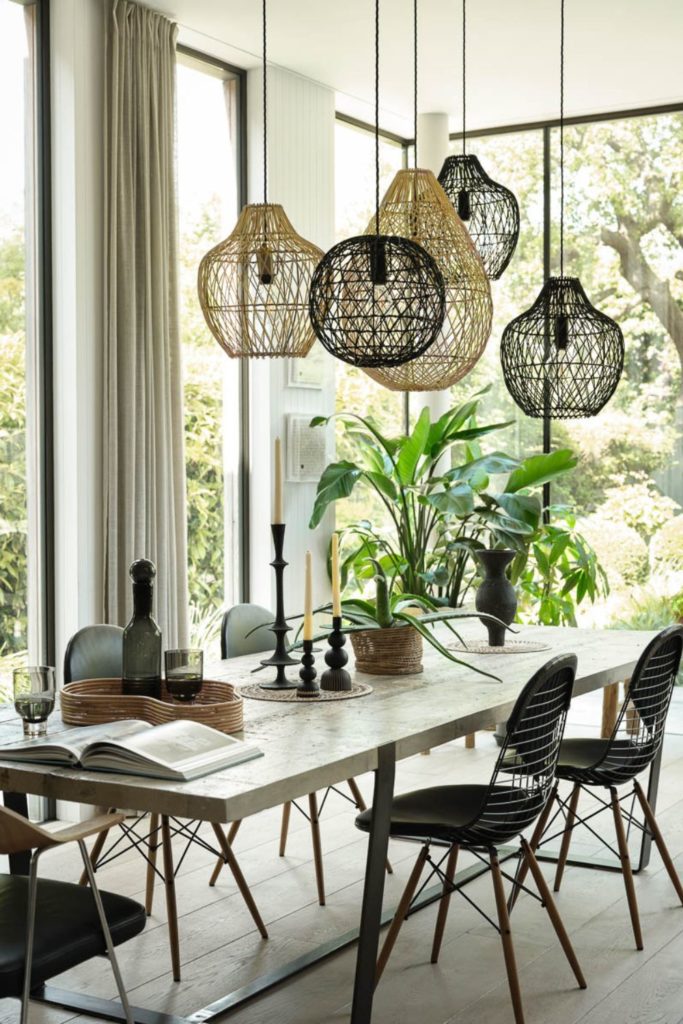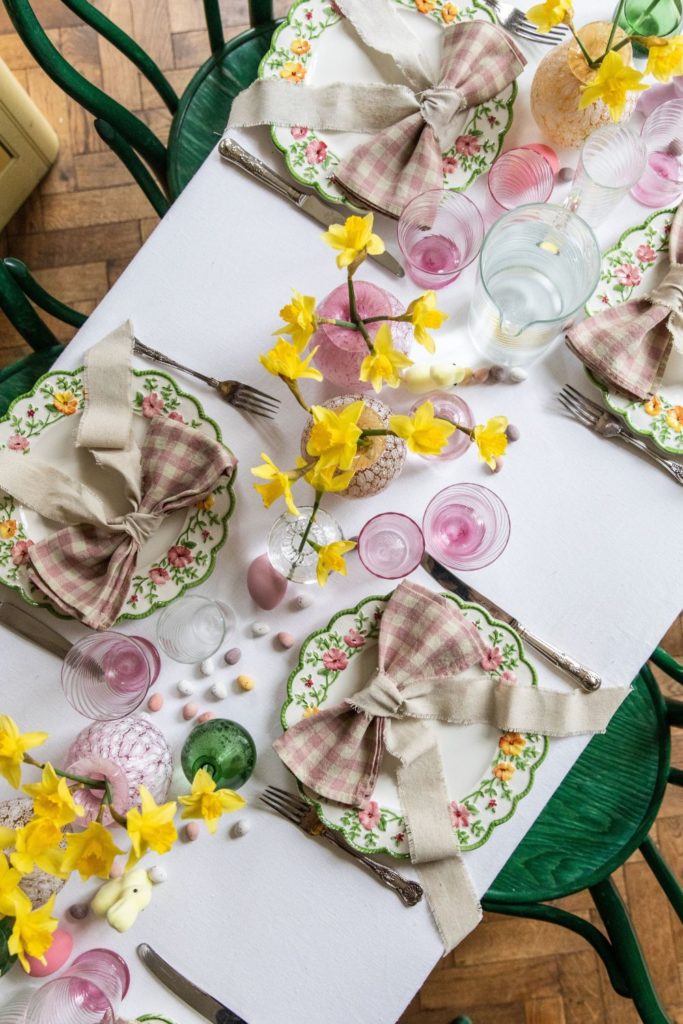How to Shop for a Sustainable Sofa
By
3 years ago
VOCs, GOTS and FSCs, we explain it all
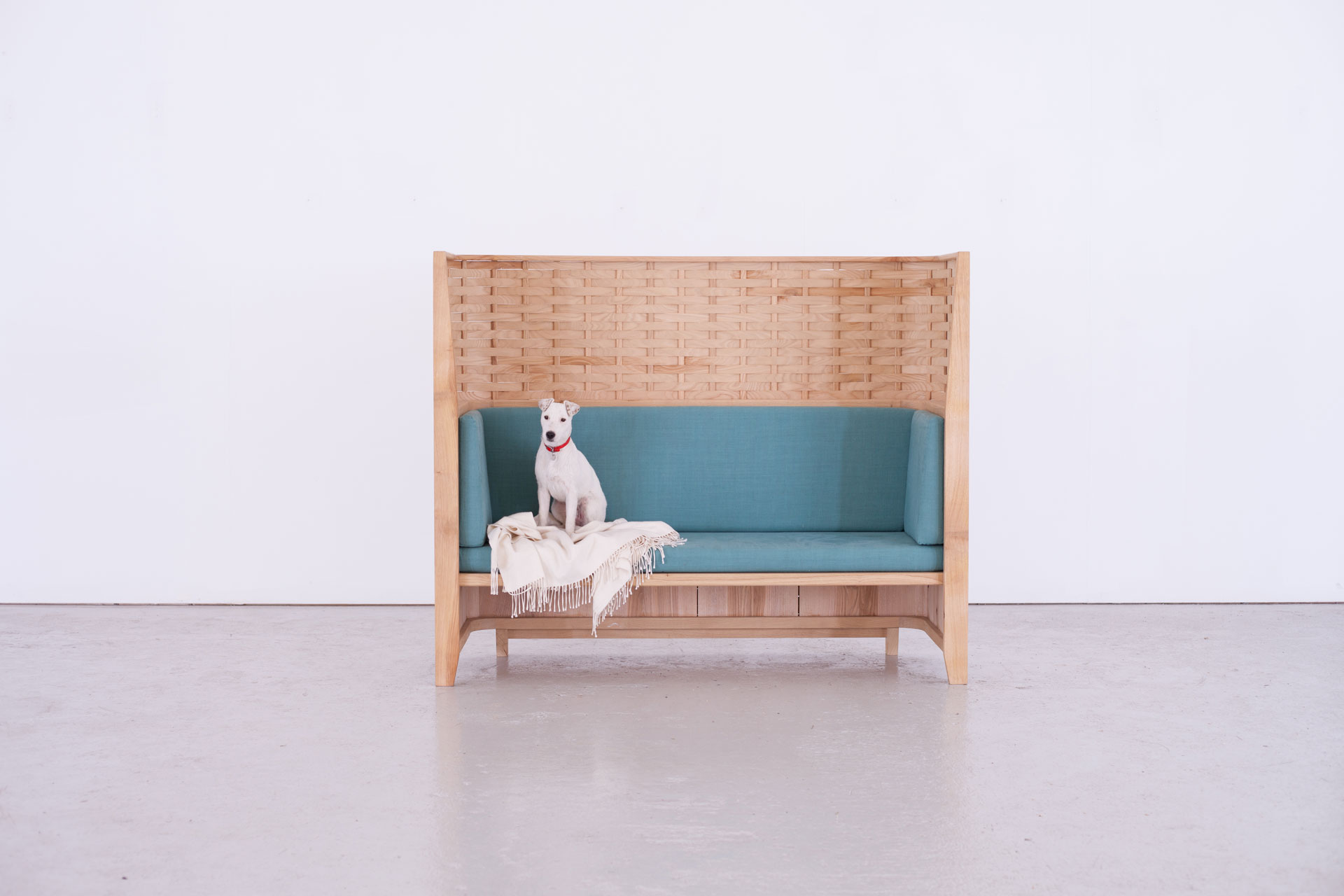
Where are you reading this now? Let’s not lie: it’s probably on the sofa. It’s where we vegetate nursing a hangover; where we’ll optimistically try to work (and fail). It’s where Netflix binges, Covid isolations and napping-through-lunch-breaks take place. But, have you ever thought of your sofa in the context of climate change? Consider this your starting point.
A Guide to Buying a Sustainable Sofa
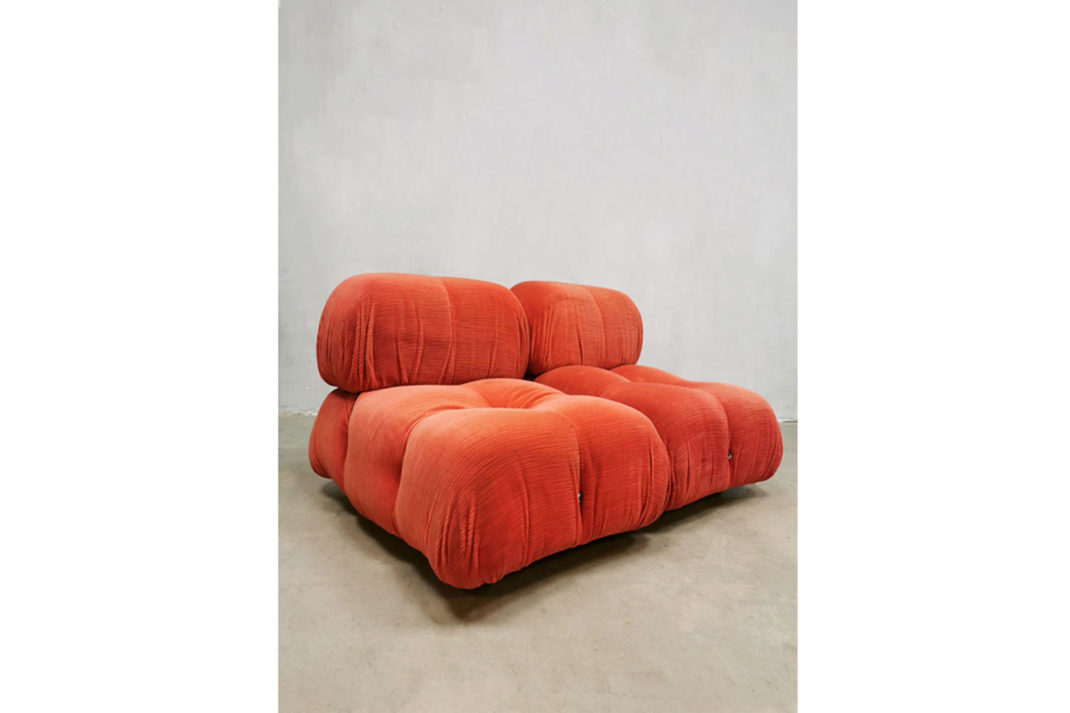
Image courtesy of Vinterior
A Guide to Buying Eco-Friendly Candles / Furniture
A Second-Hand Sofa is Your First Option
Gumtree, eBay and Facebook Marketplace are your friends. The more you’ll use them, the more you’ll know the best search terms for the specific style or time period you’re looking for. It’s also good to keep a lookout for startups, like the new Narchie app that’s answering the need for a Depop equivalent for interiors. For more designer, second-hand sofas, have a look at Rehaus and Vinterior. You can also think laterally about it. There are plenty of local car boot sales, regional antique sales to research for in your local areas too. With second-hand sofas, you are guaranteed to have low VOC levels too as these levels wear away with time. What are VOCs? We’ll tackle this in materials to look out for.
Our Sofa Picks
Materials: What to Lookout For
With almost every brand nowadays touting sustainable credentials, it’s hard to know what’s an ethical practice and what’s greenwashing. Here’s the breakdown.
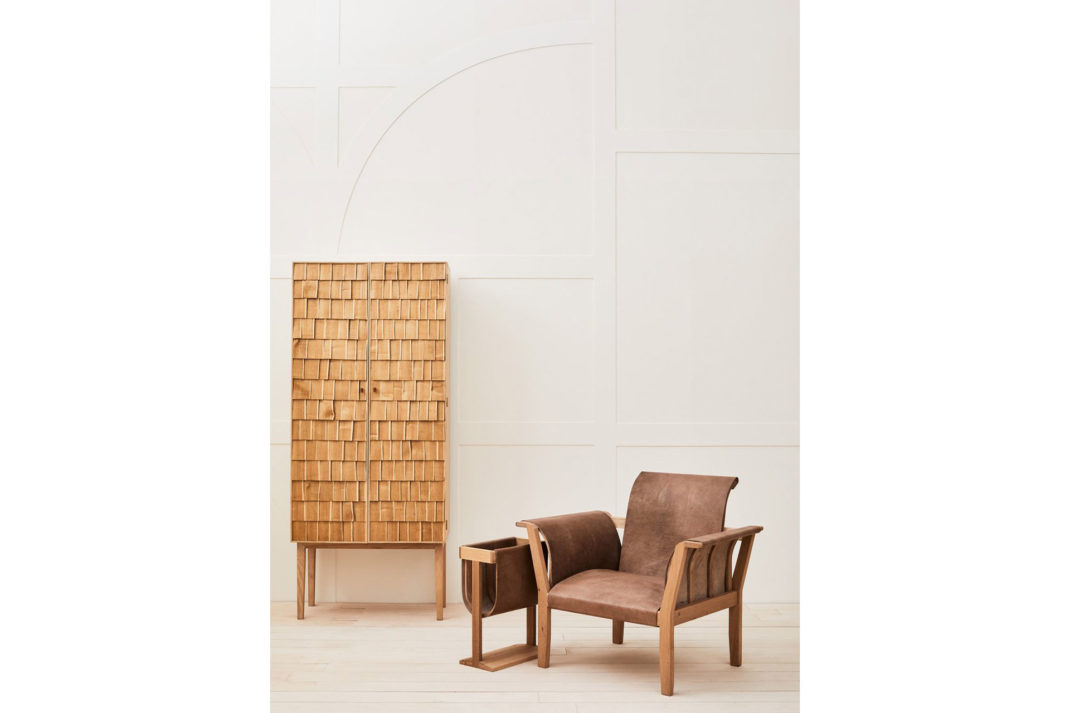
Image courtesy of Sebastian Cox
Avoid Harmful & Fossil Fuel Sofa Materials
If you didn’t know already, plastic and polyester are fossil fuel materials. It’s best to avoid Chrome-tanned leather too. The process creates toxic wastewater that has a detrimental impact, especially in developing countries. Vegetable-tanned leather is a better alternative.
Spot Certifications
We’re often told to opt for ‘natural’ materials – but what does actually mean? It’s always best to swerve past the fuzzy unsubstantiated buzzwords and rely on brands that can back up their claims with quantifiable evidence. Of course, linen, cotton, and hemp materials are good. But you can take it a step further and look for cotton that has a GOTS certification. What’s that? It’s the Global Organic Textile Standard that ensures the organic status of the textile and responsible manufacturing across the supply chain.
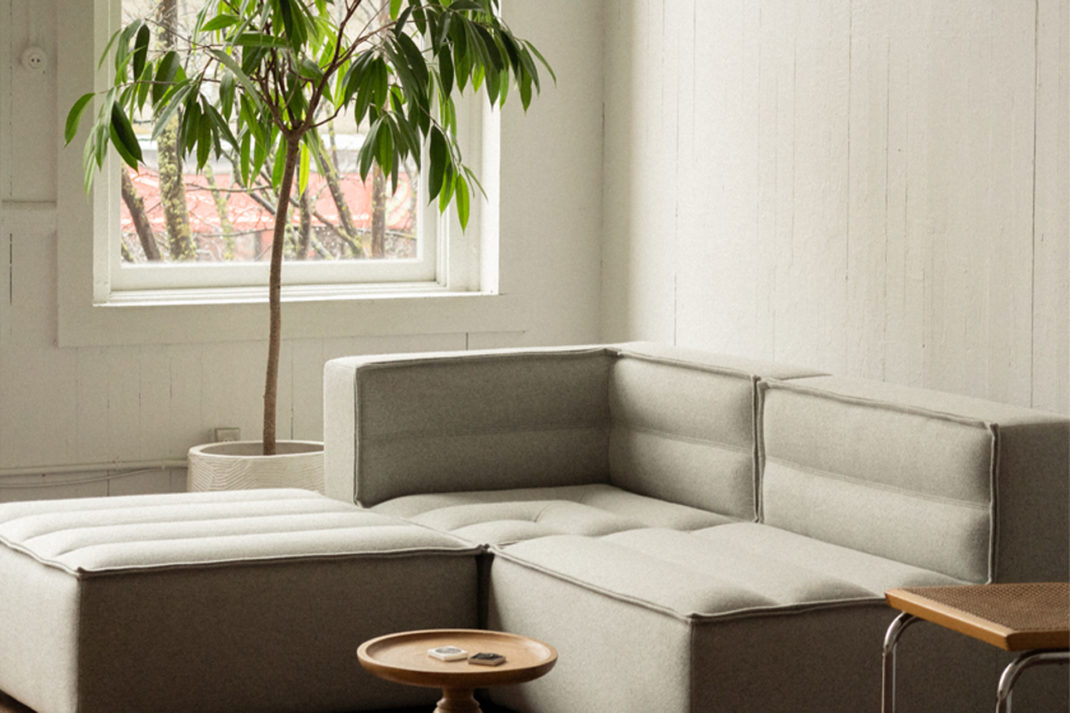
Image courtesy of Port & Hole
Look For Low VOC levels
First off, what actually is a VOC level? It stands for a volatile organic compound, and its often used in the manufacturing process for safety concerns like flammability. Interior designer, Nicola Holden for Refinery29 explains that ‘a ‘cheap’ sofa is usually filled with foam and many of these upholstery foams have been made from polyurethane. Polyurethane is flammable, so it’s also treated with flame retardants that often contain hazardous chemicals.’ So as we’re seeing interiors becoming as bad as ‘fast fashion’, these cheaper materials (cheap foam over organic filling; composite wood over solid wood), means they are more likely to be made of – and treated with – VOCs.
Look for Responsibly Sourced Wood
Responsibly sourced wood, that’s been safely treated, is your go-to. An FSC Certification is a widely recognised certification for responsibly managed wood that’s good to look out for.
SEE MORE:
Sustainable Material Series: Wool / How to Buy an Antique Rug / Furniture






